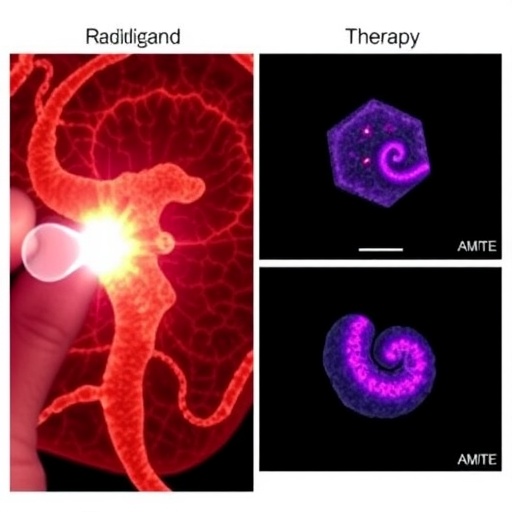Researchers have developed a synthetic pathway to "fix" carbon dioxide – converting it into organic compounds – more quickly than can be achieved by plants. While the pathway has not yet been implemented in a living organism, the work to create an efficient carbon dioxide-fixation cycle represents an impressive technical feat, with applications including transplantation into living plants for faster, less energy-intensive carbon dioxide fixation. Although natural photosynthesis plays a vital role in absorbing carbon dioxide emitted from fossil fuel use, it has not prevented the net increase of this gas since the Industrial Revolution. This is in part because a main enzyme involved in this process is relatively slow. Other, more efficient enzymes do exist. Here, to reinvent carbon dioxide fixation using such enzymes, Thomas Schwander and colleagues carefully selected 17 enzymatic compounds from 9 organisms, bringing them together in an engineered pathway they designed to convert carbon dioxide into organic molecules. The authors used stepwise optimization, including redesign of individual enzymes involved, to further improve their cycle. Following high-resolution mass spectrometry, they demonstrated in vitro that the pathway could capture carbon dioxide at a faster rate than the natural Calvin cycle in plants. Apart from the pathway's potential application to equip plants with better photosynthetic capabilities, it could be used in systems to create carbon-based feed for cattle, or even to design desirable chemical products. A Perspective by Fuyu Gong and Yin Li provides additional insights.
###
Media Contact
Science Press Package
[email protected]
202-326-6440
@AAAS
http://www.aaas.org
############
Story Source: Materials provided by Scienmag




